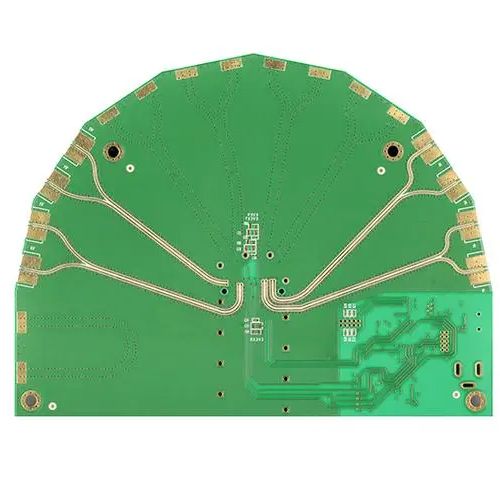Key Features and Benefits of BISCO FR Silicone Sponge
BISCO flame resistant (FR) silicone sponge is a unique material that offers high heat resistance while remaining flexible and lightweight. Here are some of the key features and benefits of BISCO FR silicone sponge:
Excellent Flame Resistance
- Meets NFPA, FMVSS, and other flammability standards
- Self-extinguishing with no melting or dripping when exposed to flame
- Provides protection from extreme heat and fire
High Temperature Resistance
- Withstands continuous temperatures up to 500°F
- Can handle intermittent temperatures up to 600°F
- Retains flexibility even when exposed to high heat
Compression Set Resistance
- Highly resilient, returns to original shape after compression
- Offers excellent compression set resistance
- Maintains flexibility and performance over time
Lightweight and Flexible
- Very lightweight, density can be customized
- Soft and flexible, available in various hardness levels
- Easy to cut, shape, and assemble
Long Service Life
- Excellent resistance to weathering and UV light
- Does not crack, shrink, or become brittle over time
- Provides long service life in extreme environments
Applications of BISCO FR Silicone Sponge
BISCO FR silicone sponge has many applications across industries that require fire protection and high temperature resistance:
Fire Barrier Seals
- Used as firestop gaskets and seals in buildings and industrial equipment
- Prevents flame spread by sealing openings
- Remains flexible to accommodate movement
Welding Blankets
- Protects surfaces from welding sparks and spatter
- Withstands repeated exposure to high heat
- Lightweight and easy to handle
Wire and Cable Insulation
- Wrapped around wires and cables as thermal insulation
- Withstands continuous high heat from electrical currents
- Helps meet fire safety standards for wiring
Molded Insulation Parts
- Formed into custom shapes for insulating parts
- Replaces ceramic fiber insulation
- Insulates hot pipes, tanks, ovens etc.
High Temperature Pads
- Provides cushioning for hot equipment and parts
- Protects surfaces from excess heat damage
- Used as fireproof pads and supports
Key Properties of BISCO FR Silicone Sponge

| Property | Description |
|---|---|
| Temperature Range | Continuous: Up to 500°F<br>Intermittent: Up to 600°F |
| Flame Resistance | Passes NFPA, FMVSS, UL94 flame tests |
| Compression Set | Excellent resistance, retains shape |
| Weather Resistance | Resists UV, ozone, moisture |
| Electrical Properties | Non-conductive up to 15,000 volts |
| Density | Customizable from 3 lb/ft3 to 30 lb/ft3 |
| Hardness | From extra soft to firm durometers |
| Color | Standard or custom colors |
Frequently Asked Questions
What makes BISCO FR silicone sponge flame resistant?
BISCO FR silicone sponge is formulated with special flame retardant additives that interrupt the combustion process. When exposed to high heat or flame, it forms a protective char layer instead of melting or dripping.
How is the compression set of FR silicone sponge?
BISCO FR silicone sponge offers excellent compression set resistance. When compressed up to 50% for 22 hours at 350°F, a 1″ thick sample retains over 97% of its original thickness. This allows the material to repeatedly compress without losing its resilience.
Can FR silicone sponge withstand outdoor exposure?
Yes, BISCO FR silicone sponge provides excellent weatherability and UV resistance. It does not become brittle or cracked from prolonged outdoor exposure and maintains its flexibility in cold temperatures.
Is FR silicone sponge electrically conductive?
No, BISCO FR silicone sponge is an electrical insulator. It has a dielectric strength of over 500 volts/mil, meaning it can withstand over 15,000 volts without dielectric breakdown. This makes it safe for electrical insulation applications.
What temperature can FR silicone sponge withstand long-term?
BISCO FR silicone sponge can handle continuous use temperatures up to 500°F. For short term intermittent exposure, it can withstand temperatures up to 600°F. The material retains its flexibility and resilience even after repeated high temperature exposure.

Leave a Reply